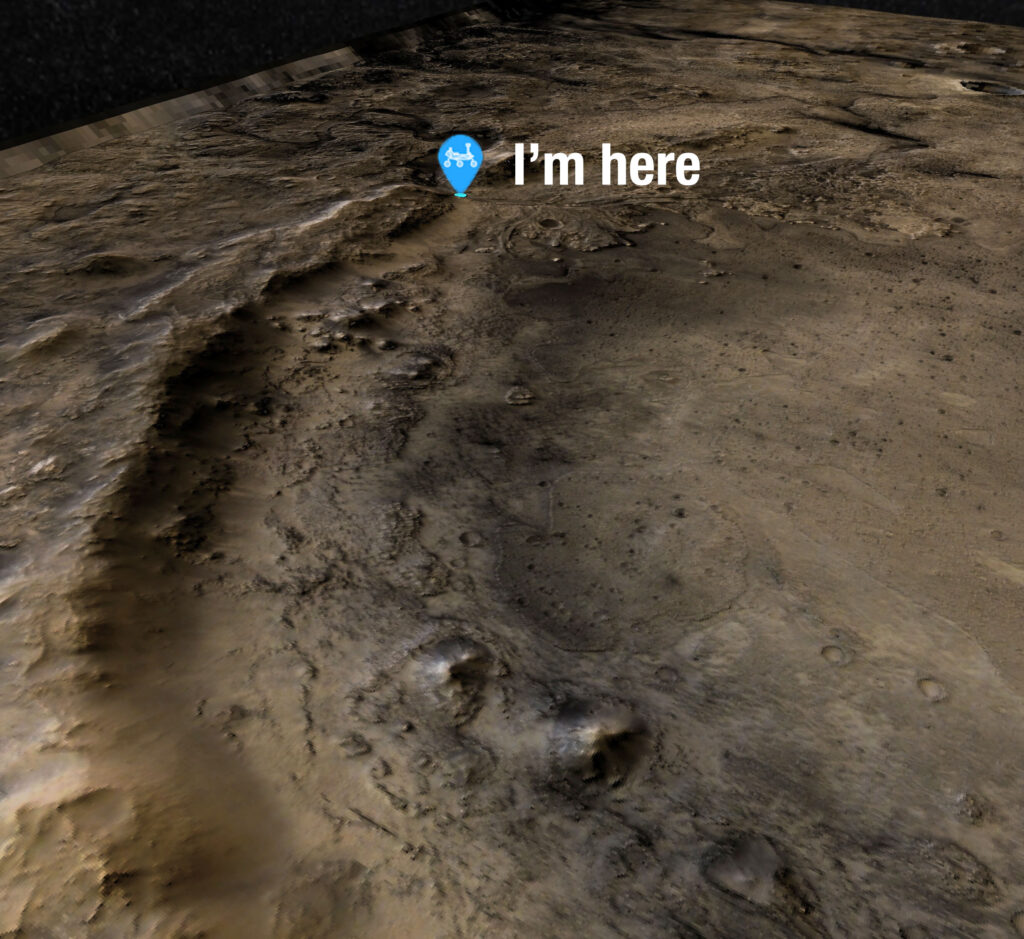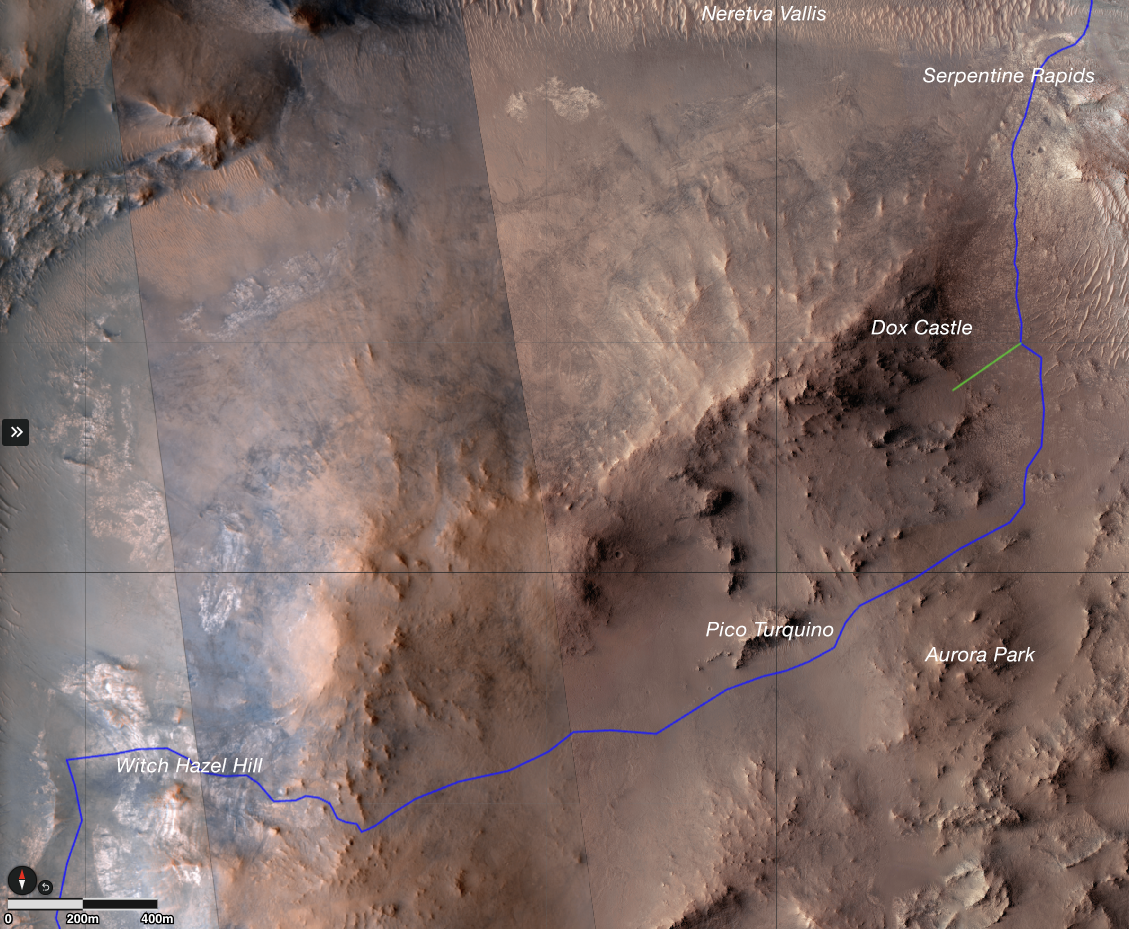After 2.5 years of studying the bottom of the Jezero crater and the ancient river delta, the Perseverance rover is starting a new stage of its scientific program. In its course, it will have to pass through the most difficult areas for the entire duration of its mission.
Searching for life on Mars
Perseverance landed on Mars in February 2021. During four subsequent scientific campaigns, it traveled over 27 kilometers across the Jezero Crater, which once had a river delta at its bottom, and collected 22 rock samples. Among them are the oldest materials sampled from any known environment that was potentially habitable.

Scientists hope that in the future these samples can be returned to Earth as part of the MSR mission. Their analysis could tell us how long liquid water existed on Mars and whether some prebiotic or even biological evolution could have occurred on this planet.

And now Perseverance is starting the next phase of its mission, during which it will begin climbing the rim of the Jezero Crater. The climb will stretch over many months. Perseverance will start the ascent on August 19.
Climb to Jezero Crater
According to mission leaders, the study of the crater rim will help explore rocks from the ancient crust of Mars. The two priority regions of greatest interest to scientists have been unofficially named Pico Turquino and Witch Hazel Hill. Images from orbiters show that Pico Turquino contains ancient cracks that may have been caused by hydrothermal activity. And photos of Witch Hazel Hill show light-colored layered materials that probably formed in a time when Mars had a very different climate than now.

Getting to the top of the crater will be no easy task. Perseverance will have to pass through the most difficult sections of the entire mission. For that, the rover will have to rely on its automatic navigation capabilities, following a route that designers have developed to minimize potential hazards but still allow the science team to conduct research. Along the way, the rover will encounter slopes of up to 23 degrees. By the time it reaches the top of the crater at a location named Aurora Park by the science team, it will have climbed upward 300 meters.
Earlier we told you about the discovery of traces of liquid water beneath the Martian surface.
According to JPL


